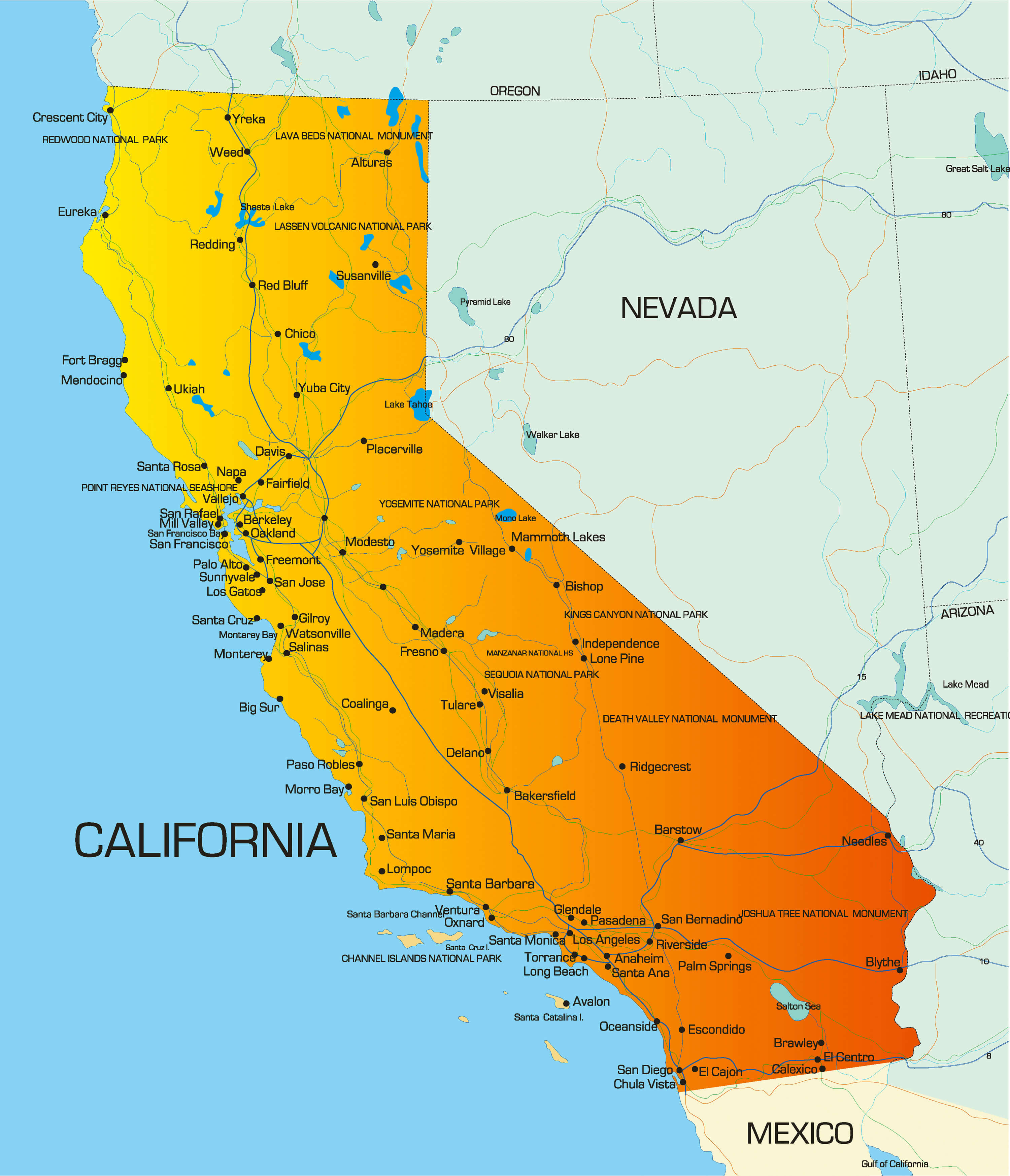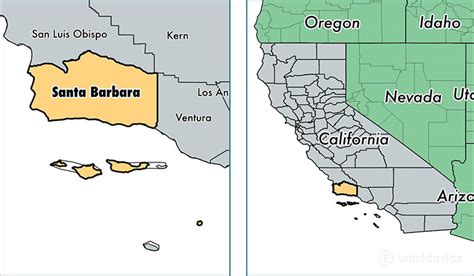California has been at the forefront of the renewable energy movement, aiming to create a cleaner, more sustainable future for its residents and the world. The state’s commitment to renewable energy is built on a foundation of innovative policies, technological advancements, and a deep understanding of the importance of mitigating climate change. At the heart of this commitment is the California Renewable Energy goal, a comprehensive framework designed to transition the state towards a cleaner energy profile.
Introduction to California Renewable Energy
California’s journey towards a renewable energy future is marked by ambitious targets and continuous innovation. The state has set goals to achieve 100% carbon-neutral electricity by 2045, with interim targets of 60% renewable electricity by 2030. This aggressive timeline underscores the state’s determination to lead the global transition to renewable energy sources, reducing dependence on fossil fuels and significantly lowering greenhouse gas emissions.
The Role of Solar Energy
Solar energy plays a pivotal role in California’s renewable energy landscape. With abundant sunlight throughout the year, the state is perfectly positioned to harness solar power. Residential and commercial solar installations have seen a significant surge, driven by incentives and the decreasing cost of solar technology. Large-scale solar farms are also being developed across the state, contributing to the grid and helping to meet peak demand, especially during hot summer afternoons when air conditioning usage is at its highest.
Wind Power and Hydroelectric Energy
While solar energy is a cornerstone of California’s renewable strategy, wind power and hydroelectric energy also contribute significantly to the state’s energy mix. Wind farms, particularly in the Tehachapi and Altamont regions, generate substantial amounts of electricity. Hydroelectric power, from sources like the Sierra Nevada mountains, provides a clean and reliable source of energy, especially during periods of high demand. The combination of these renewable sources helps ensure a diverse and resilient energy grid.
Geothermal and Bioenergy
In addition to solar, wind, and hydroelectric power, California is also exploring other forms of renewable energy. Geothermal energy, particularly around the Geysers geothermal field in Northern California, offers a constant and reliable source of power. Bioenergy, derived from organic matter, is another area of focus, with potential applications in transportation and heating. These lesser-known sources of renewable energy contribute to the state’s overall goal of diversifying its energy mix and reducing reliance on fossil fuels.
Energy Storage and Grid Resiliency
The integration of renewable energy sources into the grid poses challenges, particularly in terms of intermittency and energy storage. California is at the forefront of energy storage technology, with significant investments in battery storage systems. These systems can store excess energy generated by solar panels or wind turbines during periods of low demand and release it when needed, ensuring a stable and reliable energy supply. Moreover, the development of smart grids and advanced energy management systems is critical for effectively managing the distribution of renewable energy and ensuring grid resilience.
Policy and Regulation
The success of California’s renewable energy goals is heavily dependent on supportive policies and regulations. The state’s Renewable Portfolio Standard (RPS), which mandates utilities to generate a certain percentage of their electricity from renewable sources, is a key policy driver. Additionally, incentives for homeowners and businesses to adopt solar and other renewable technologies have been instrumental in driving growth. The California Public Utilities Commission (CPUC) plays a crucial role in overseeing the implementation of these policies and ensuring that the state’s energy sector moves towards a cleaner, more sustainable future.
Community Engagement and Education
Community engagement and education are vital components of California’s renewable energy strategy. Programs aimed at educating the public about the benefits of renewable energy, as well as workshops and training sessions for professionals in the solar and wind industries, are widespread. Furthermore, community-based renewable energy projects, where communities come together to develop and manage their own renewable energy sources, are gaining popularity. This grassroots approach not only helps in achieving the state’s renewable energy goals but also fosters a sense of ownership and responsibility among Californians.
Challenges and Opportunities
Despite the progress made, California faces several challenges in its pursuit of a renewable energy future. Integrating intermittent sources of energy into the grid, managing peak demand, and ensuring equity and access to renewable energy technologies for all communities are among the key challenges. However, these challenges also present opportunities for innovation, job creation, and economic growth. The development of new technologies and business models, particularly in the areas of energy storage and grid management, is expected to play a crucial role in overcoming these challenges.
Conclusion
California’s commitment to renewable energy is a beacon of hope for a cleaner, more sustainable future. Through its ambitious targets, innovative policies, and the integration of a wide array of renewable energy sources, the state is paving the way for a global transition to clean energy. As the world looks towards reducing its carbon footprint and mitigating the impacts of climate change, California’s model offers valuable lessons and a roadmap for achieving a future powered by 100% renewable energy.
What is California’s renewable energy goal?
+California aims to achieve 100% carbon-neutral electricity by 2045, with an interim goal of 60% renewable electricity by 2030.
What role does solar energy play in California’s renewable energy mix?
+Solar energy is a leading source of renewable energy in California, with both residential and commercial installations contributing to the state’s goal of achieving 100% carbon-neutral electricity.
How does California plan to address the challenge of energy storage and grid resilience?
+California is investing heavily in battery storage technology and the development of smart grids to ensure the effective integration of renewable energy sources into the grid and to maintain energy supply resilience.
What policies support the adoption of renewable energy in California?
+The Renewable Portfolio Standard (RPS), incentives for homeowners and businesses, and regulations overseen by the California Public Utilities Commission (CPUC) are key policies supporting the state’s renewable energy goals.
How does community engagement contribute to California’s renewable energy strategy?
+Community engagement and education are crucial for the success of California’s renewable energy strategy, promoting awareness, fostering a sense of ownership, and supporting the development of community-based renewable energy projects.
What challenges does California face in achieving its renewable energy goals, and how are they addressed?
+California faces challenges such as integrating intermittent energy sources, managing peak demand, and ensuring equity. These are addressed through the development of new technologies, especially in energy storage and smart grids, and through policies and programs that promote renewable energy adoption and energy efficiency.



